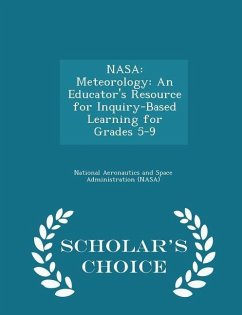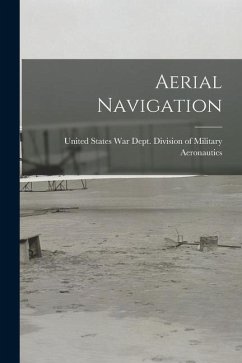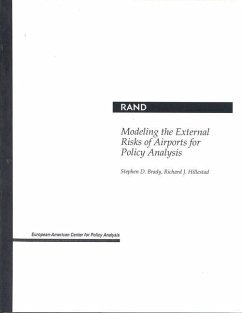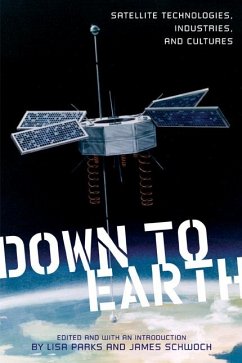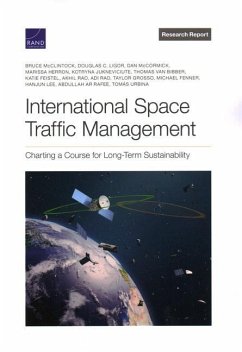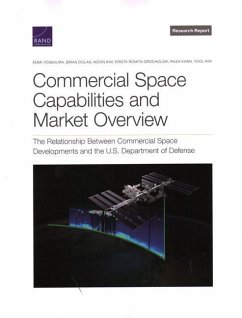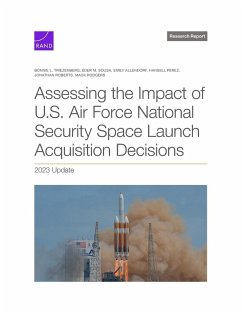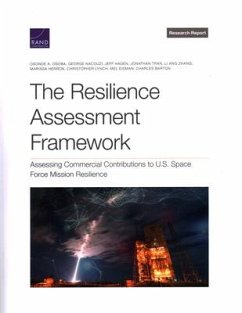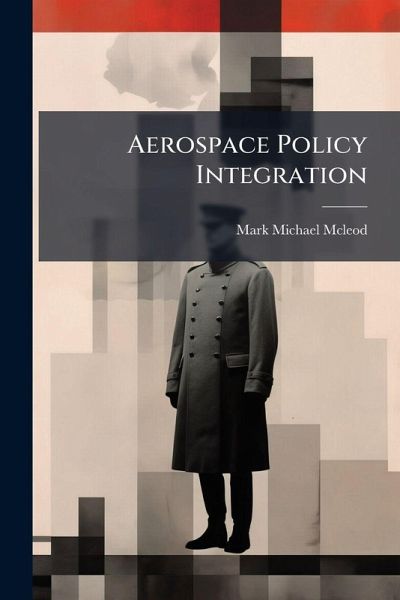
Aerospace Policy Integration

PAYBACK Punkte
7 °P sammeln!
How will limited budgets affect the future exploitation of air and space? This question is extremely relevant to Air Force planners today. Some are now suggesting the integration of existing air and space policy, in an effort to maximize limited resources. This paper seeks answers to these questions through analysis of each public policy, offering three effects integrated policy may have on future Air Force operations. Public policy is all about what you can do for citizens. Determining the probable success of policies is not easy, given our political system, and the difficulty in capturing co...
How will limited budgets affect the future exploitation of air and space? This question is extremely relevant to Air Force planners today. Some are now suggesting the integration of existing air and space policy, in an effort to maximize limited resources. This paper seeks answers to these questions through analysis of each public policy, offering three effects integrated policy may have on future Air Force operations. Public policy is all about what you can do for citizens. Determining the probable success of policies is not easy, given our political system, and the difficulty in capturing costs and assigning values to perceived benefits. For these reasons, this paper uses political science based administrative and values analysis tools to extrapolate success. The analysis of national air policy found it highly effective. The second analysis, an extrapolation of expected results for space policy, uncovered a lower chance for success. This was based on a comparison of the two case studies, which highlighted resource availability as an important success determinant. This formed the basis of arguments for integrated policy, and all subsequent doctrine recommendations The research supports arguments for adopting an integrated policy, and provides the rationale for three changes to Air Force doctrine, roles and missions; transfer of the responsibility for close air support, reevaluation of space launch support activities, and modification of the requirements for base operability and defense. Divestiture of these functions better focuses the Air Force on its unique core competencies in the future. This work has been selected by scholars as being culturally important, and is part of the knowledge base of civilization as we know it. This work was reproduced from the original artifact, and remains as true to the original work as possible. Therefore, you will see the original copyright references, library stamps (as most of these works have been housed in our most important libraries around the world), and other notations in the work. This work is in the public domain in the United States of America, and possibly other nations. Within the United States, you may freely copy and distribute this work, as no entity (individual or corporate) has a copyright on the body of the work. As a reproduction of a historical artifact, this work may contain missing or blurred pages, poor pictures, errant marks, etc. Scholars believe, and we concur, that this work is important enough to be preserved, reproduced, and made generally available to the public. We appreciate your support of the preservation process, and thank you for being an important part of keeping this knowledge alive and relevant.



